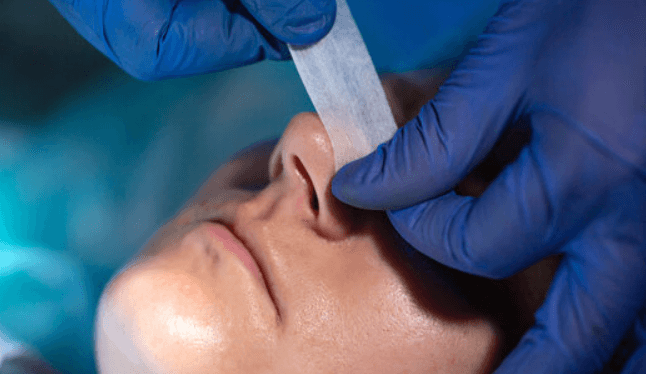Septoplasty is a surgical operation that addresses a deviated septum—a situation in which the thin structure that separates the two nostrils, the nasal septum, is shifted to one side, leaving one nasal passage narrower than the other. It can cause breathing problems and chronic sinusitis, frequent nosebleeds, snoring or sleep apnea at night. Septoplasty is intended to make the nasal septum straight and normal, thus correcting the situation with proper breathing and eliminating complaints in connection with a relapse of the septum.
In this article, we will go further about what septoplasty is all about, why it may be necessary, the process involved in septoplasty and the septoplasty recovery.
What Is a Deviated Septum?
The nasal septum is the fir tree of bones and the cartilage which separates the two nostrils. Some people have a deviated septum, or even displaced septum where the cartilage is overgrown, in this case, airflow is either partially or wholly blocked on one half of the nasal passage. A deviated septum may be present at birth or be caused by an injury such as a blow to the face. Sometimes, a difference is made that does not produce issues but when it turns chronic it leads to so many symptoms.
Symptoms of a Deviated Septum
Some common symptoms associated with a deviated septum include:
- Difficulty Breathing Through the Nose: The most frequent manifestation is dyspnea during exercise or at rest in the supine position through one or both sides of the nasal cavity. Consult the best general surgeon in Karachi to know more.
- Frequent Sinus Infections: One common complication from a deviated septum is that the partition becomes narrow and can block the drainage of mucus thus causing recurrent or chronic sinus problems.
- Nosebleeds: Because the airflow gets uneven, and the nostrils end up being dry, the nose starts to bleed more than usual.
- Snoring or Sleep Apnea: Breathing troubles especially at night may cause one to snore loudly, or even suffer from a condition known as sleep apnea, which is a state where one is actually left breathless during his or her sleep.
- Facial Pain or Headaches: This may sometimes cause face or head-ache because of the pressure exerted by the blocked sinuses.
Why Is Septoplasty Necessary?
Septoplasty is usually performed when other ways of treating the condition, including the use of nasal sprays and decongestants, do not help to relieve the patient’s symptoms enough to enable them to go on with their normal activities. The main purpose of having the surgery is to enhance the clearance of air in the nasal passage and also eliminate the signs including breathing issues, recurrent sinusitis, and snoring.
The Septoplasty Procedure
Septoplasty is generally an ambulatory procedure, which may be done under local or general anesthesia and patients can leave the hospital the same day. What happens during the process is the surgeon then has to cut into the nasal structure to get to the septum. The bent sections of septum are then either shaved off or repositioned to correcting the septum. The septum may also be adjusted in size and position by cutting and sculpting of the bone and cartilage.
The surgery involves cutting the skin inside the nose and therefore there could be no scars seen after surgery has been done. As a rule it lasts from 30 to 90 minutes, though this time is individual in relation to the character of the deviation.
Benefits of Septoplasty
Septoplasty can provide several long-term benefits, including:
- Improved Breathing: It positively and greatly affects the ability to breathe through the nose, especially on that side that was initially unable to do so due to a deviated septum.
- Reduced Sinus Infections: As septoplasty enhances how air flows in the nasal passage and removes blockage that leads to the formation of sinus, it helps to minimize both the number of sinus infections and their intensity.
- Better Sleep: Patients with sleep problems or snoring that is caused by a deviated septum can find sleeper better at night after having undergone septoplasty.
- Reduced Headaches and Facial Pain: By straightening the septum, favorable pressure is placed on the sinuses which might help stop headaches or face pain.
Conclusion
Septoplasty is now an efficient solution if an individual is struggling with the problems resulting from the deviated septum. Used for the correction of the position of the nasal septum, this surgery can help eliminate snoring as well as relieve sinus conditions making life much better. In many instances, recovery is slightly painful in the short term, but will be measurably beneficial in the long run. If you have chronic nasal problems associated with a deviated septum consult a general surgeon in Lahore on whether you are a candidate for septoplasty.

